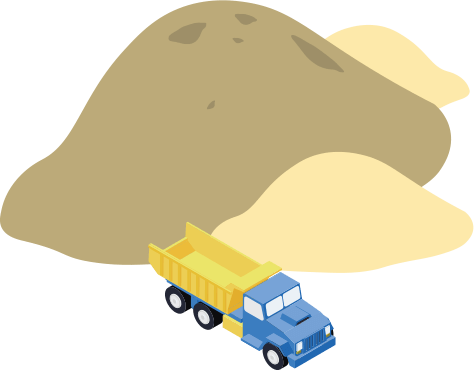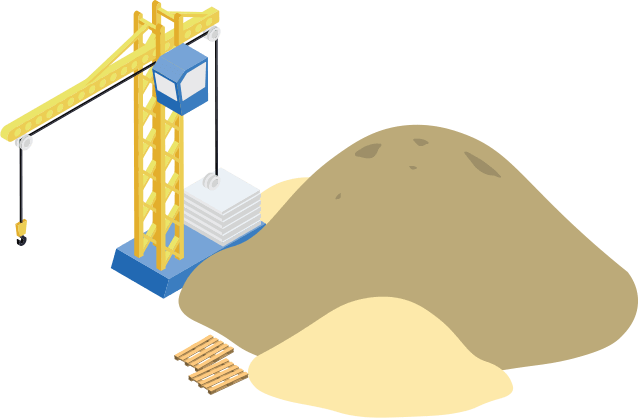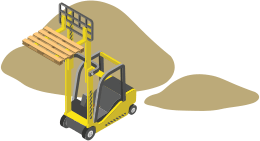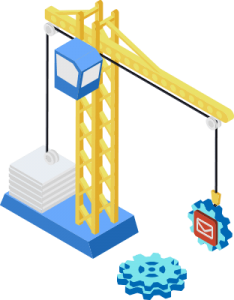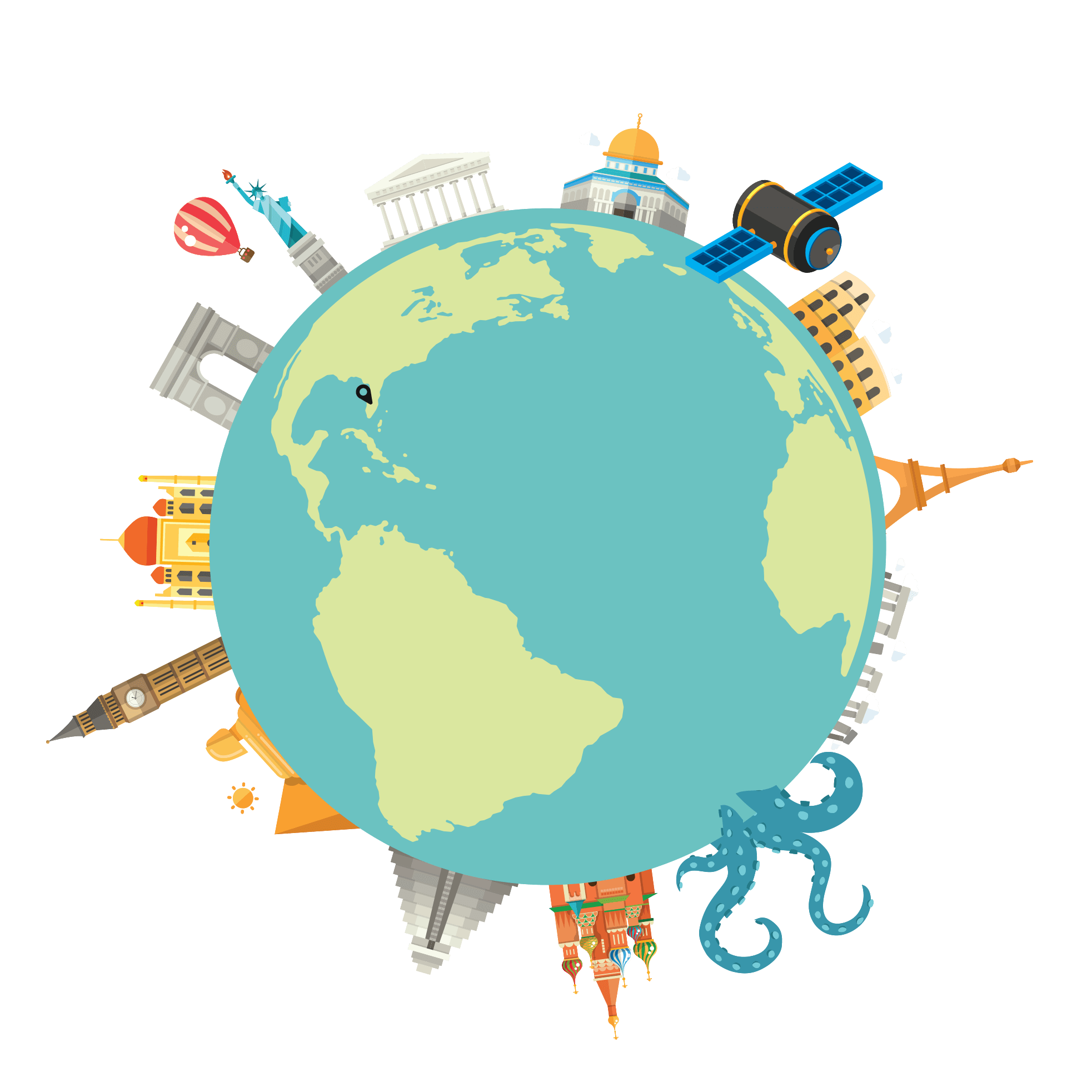The internet has become, in less than 30 years, a vital part of our lives. If our internet access goes down, many of us are severely hampered trying to get business done, not to speak of the really important things like catching up on the latest memes and cat videos.
Most of the time it works just fine. For the rest of the time, it can be helpful to understand how it works.
I’m going to make this a very introductory explanation because there are aspects of it that are complex indeed. We don’t need to go there. But I apologize if this is overly basic for some of you. I don’t want to skip something vital you may not know.
WHO OWNS THE INTERNET? WHO IS IN CHARGE?
The internet is a network of networks, connecting computers and other devices. Billions of devices, in fact, capable of communicating with other devices through these networks which ARE the internet. As such, no one owns the internet as a whole.
Certainly, pieces of it are owned. The information transmits over lines that are owned. In particular, the various pieces of the so-called “internet backbone” – consisting of giant electronic pipes carrying the huge data flows between cities, countries, and continents – are owned by large corporations and internationally, sometimes by nations.
There are places where the government can monitor, shut off or otherwise control that flow of information. In the U.S., control rests with commercial companies which generally have the freedom to operate within the law and under the rules.
Rules?
ICANN
The rules the internet runs on are established by organizations whose members include various interested parties. It is often quite technical, and the rules and protocols are often worked out amongst engineers. The most important organization establishing rules internationally for the operation of the internet is called ICANN.
ICANN – the Internet Corporation for Assigned Names and Numbers – is the organization that controls the naming system the internet runs on. As ICANN themselves puts it:
“To reach another person on the Internet you have to type an address into your computer – a name or a number. That address has to be unique, so computers know where to find each other. ICANN coordinates these unique identifiers across the world. Without that coordination, we wouldn’t have one global Internet….
“ICANN doesn’t control the content on the Internet. It cannot stop spam and it doesn’t deal with access to the Internet.”
NAMING AND ROUTING
Those unique identifiers take two forms: “IP addresses” and “URLs”. A URL is an address you use to find something, such as “www.google.com,” but the internet immediately translates that into an IP address – Internet Protocol address – which was a series of 4 numbers separated by dots and is in the process of becoming 6 numbers. There are so many devices now that 4 numbers weren’t enough.
Think of it like mailing a letter to someone – back when people actually did that. The IP address is like the postal address. The postal address tells the postal system where to route the mail – say to southeastern Cincinnati Ohio, and ultimately, tells the mailman what house to deliver the letter to. An IP address works exactly the same way.
Now you might (in the old days) have needed to look up someone’s address in the phone book to write it on the envelope so the postal system knows where to deliver it. Just putting the name down doesn’t work (unless it is “Santa Claus” or “The President of the U.S.A.”
In this electronic world, we don’t have to do the lookup.
DNS AND NAME SERVERS
If everyone had a unique name, and there was a giant phone book that had everyone’s name and address in it, you would have a situation like an internet.
This is the DNS – Domain Name System – and it is the primary thing regulated by ICANN. Every URL has a unique name – there are not two JohnSmith.com’s in the internet world. Part of the job of ICANN is to establish protocols so that is impossible, if you are looking for “www.google.com” there is exactly one of those in the whole world.
But instead of one giant phone book, there are thousands of computers called “Name Servers” each of which has the “internet phone book” in its memory. When someone types in a URL on their computer, that goes to their provider – such as Comcast or Spectrum – which has Name Servers where the URL is automatically translated to the appropriate IP address. Then the internet knows where to go for that website with the cute cat videos.
Part of the system is to make sure all the Name Servers in the world have the same information, which is done by messages routed on the internet itself. Part of that is designating for each URL, that exactly one Name Server is the one that can tell all the rest of the Name Servers in the world, the IP address that URL should go to. That is done through a piece of information called SOA or Start of Authority. When you rent a URL at GoDaddy, one of the things you are doing is authorizing GoDaddy to set the SOA for your URL data. So some guy with a computer in Zlatagonia can’t hijack your website, because the world isn’t listening to him.
DNS ZONE RECORDS
One wrinkle worth mentioning is that there are usually several addresses for a given domain such as “google.com”. www.google.com, mail.google.com, and many others are possible and they may go to different IP addresses. So for example your email can be hosted on a different computer than your website without confusing anyone because it is still “fredspancakes.com” and “[email protected]” and “store.fredspancakes.com.” Each of these variants is communicated to the internet with a separate set of information on Name Servers, these are called “DNS Zone Records.”
THE RIGHT TO SPECIFY THE ADDRESS
Let’s push our postal system analogy a little further. When you buy a domain name, what is actually occurring.
First of all, you aren’t buying anything. You are renting the right to control that domain for a period of time, one year, two years, or perhaps longer. You also then have the right to renew that rental indefinitely. But if you fail to do so, someone else can rent it, and you’ve just lost your website address. And that is a bad thing since it is probably on your business cards, people know where to find your website, and maybe even you have search engine rankings that send traffic to your website.
Let it lapse and that is all gone. Like having your building burnt to the ground and no one knows where to find you. So make sure you have the domain on auto-renew and that you continue to get email notifications about it.
But don’t mistake it. What you are renting is the right to specify the address in the phone book that mail for “John J. Smith” goes to. And that is all.
AN ORGANIZED ANARCHY
There’s a useful way to look at the internet. It is organized anarchy. There are very limited rules designed primarily so that the mail gets delivered, you can find a website in the same place it was yesterday, and so on.
That is the organized part.
The rest is a wild west free-for-all.
You can put anything you want to up on your website. Sure, people may not like it. And sure, maybe you do something that violates the laws of the land. But if YOUR land is the U.S. and someone is violating those laws in Russia, what do you think you are going to be able to do about it? Probably nothing at all.
So sometimes I hear people complain that, for example, someone is running ads using their company name, trying to divert business.
Well in almost every case things like that are legal. Sometimes you can do something about it. And sure, you should know the rules.
I hope this helps.
